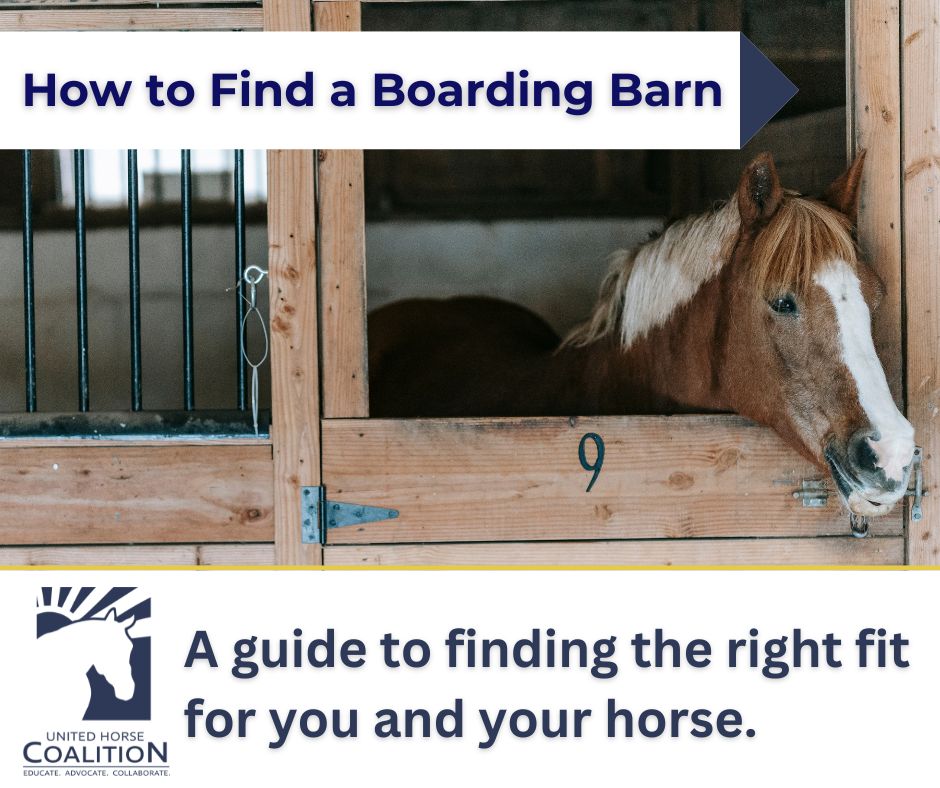How to Find the Right Horse Boarding Facility: A Step-by-Step Guide
Finding the perfect place to keep your horse can be stressful. We all want what’s best for our beloved equines, so how do we know we’re making the right choice? Let’s take a step-by-step walkthrough to help you navigate the process with confidence. From budgeting to barn visits, here’s how to make sure you and your horse end up in the right place.
Step 1: Decide on the Right Location
Start by narrowing down where you want to board your horse. Ask yourself:
- How far are you willing to travel?
- Do you want it close to home, work, or on your daily commute?
- Will you be visiting daily, weekly, or just a few times a month?
Pro Tip: Use tools like Google Maps and EquineNow’s Boarding Directory to search barns in your preferred area.
Step 2: Ask Around
Once you’ve picked a general location, ask trusted sources for recommendations:
- Your vet or farrier: They visit multiple barns and have a good sense of how different facilities are managed.
- Other horse owners: Word-of-mouth reviews are often the most honest.
- Local tack and feed stores: Check bulletin boards for listings and flyers.
- Social media: Try Facebook groups like “Horse Boarding in [Your State/Area]” to see what others recommend.
Step 3: Determine Your Budget
Know what you can comfortably afford. Boarding can range from $150 to over $1,000/month, depending on services and location.
Ask yourself:
- What’s your monthly limit?
- Are you okay paying extra for services like blanketing or supplement feeding?
- What are your non-negotiables—for example, full turnout or regular farrier scheduling?
Step 4: What Type of Board are you Looking for?
There are several options, each with pros and cons:
Full-Service Board
- All daily care included: feeding, turnout, stall cleaning.
- Great for busy owners or beginner horse owners.
- Most expensive, but low maintenance on your end.
Rough/Self-Care Board
- Divvies up the responsibilities between the horse owner and barn owner.
- Sometimes referred to as a “dry stall.”
- You provide feed, bedding, and sometimes do chores like stall cleaning or turnout.
- Good for experienced owners with time.
- Cheaper than full board, but more expensive than pasture board.
- Can be time-intensive.
Pasture Board
- Horse lives outside in a field 24/7 with shelter, often in a herd.
- Promotes natural movement, socialization, and grazing patterns.
- Might not be the best option if you live in extreme climates or for sensitive or older horses, or those with health restrictions.
- This is most likely the least expensive option.
Step 5: Schedule Barn Visits
Once you have a shortlist, visit in person. While you’re there, be sure to consider the following:
Facility Condition
- Clean stalls and pastures, secure fencing, and hazard-free areas.
- Check for clean water access and adequate shelter.
- Ventilation, drainage, and lighting should all be sufficient.
Feeding Program
- Ask the barn what kind of hay and grain is used?
- Is feed included in board, or extra?
- What is their feed schedule like? (2x vs 3x a day)
- Are horses given 24-hour access to hay? What is the haying schedule like?
- Can they accommodate supplements or special diets?
Turnout and Exercise
- It is important to ask about the turnout situation as adequate turnout is important for a horse’s health!
- Not every horse is suited for every type of turnout – know your horse’s needs.
- How much turnout do horses get?
- Is it group, individual, or both?
- Are paddocks grassy or dry lots? Are they rotated? Not all horses can go out on grass!
Rules & Contracts
- Learn what the facility’s rules are and what their closed/open hours look like.
- Review the barn’s hours, ring schedules, and any lesson program conflicts.
- Ask for a written boarding agreement outlining responsibilities, fees, and expectations.
- The contract should protect both you and the barn owner.
Step 6: Ask the Right Questions
Don’t be afraid to dig deeper:
- What is the barn’s emergency protocol?
- Are there quarantine procedures for new or sick horses?
- What’s the experience level of the staff?
- Can I speak with current or former boarders?
Check the barn’s reviews online or on platforms like:
- Google Reviews
Final Thoughts
Choosing the right boarding facility is about more than just price or location—it’s about peace of mind. Your horse’s safety, health, and happiness should be at the core of your decision. Take your time, ask questions, and trust your gut. With the right prep, you’ll find a place that fits both you and your horse just right.



